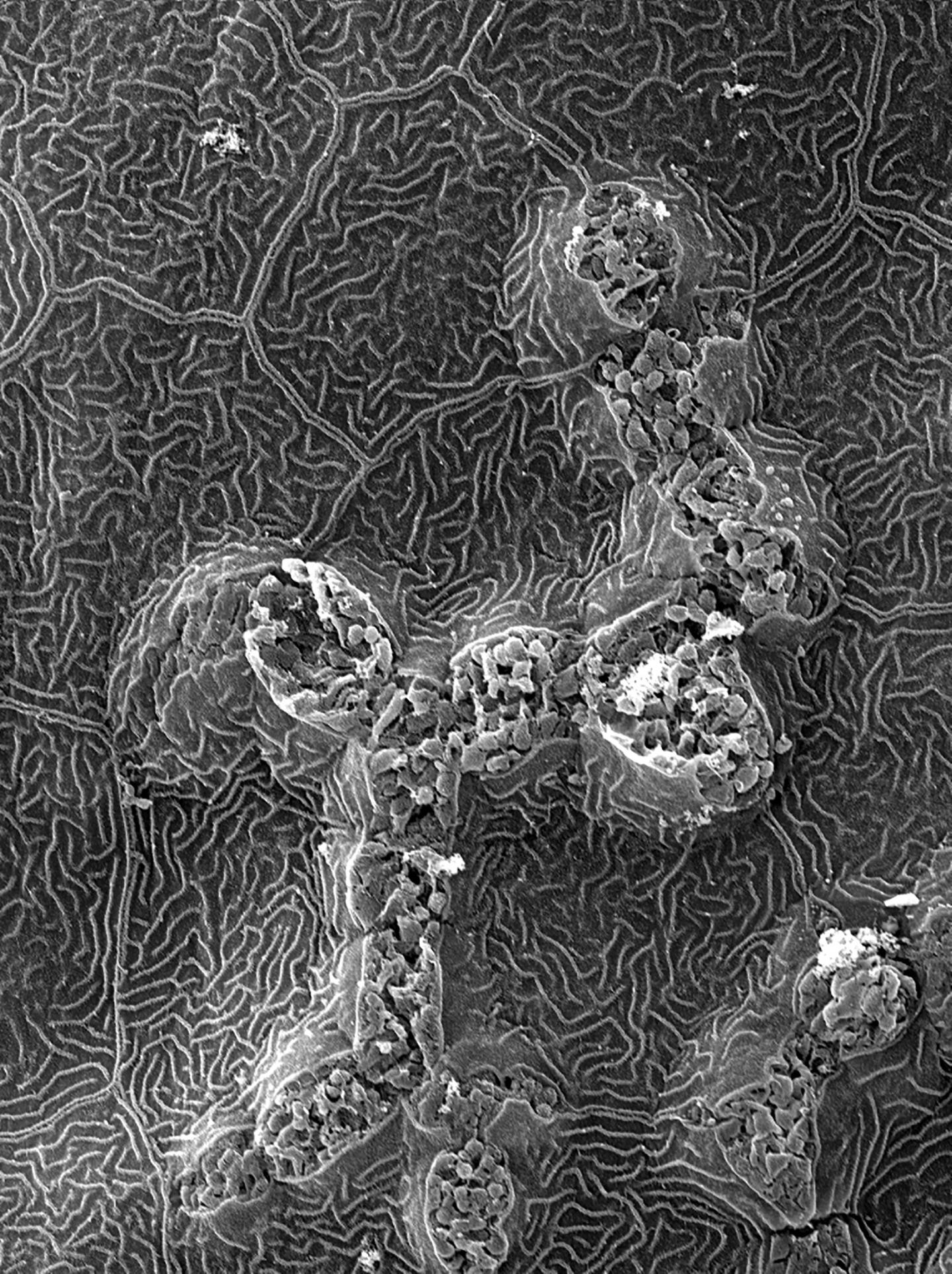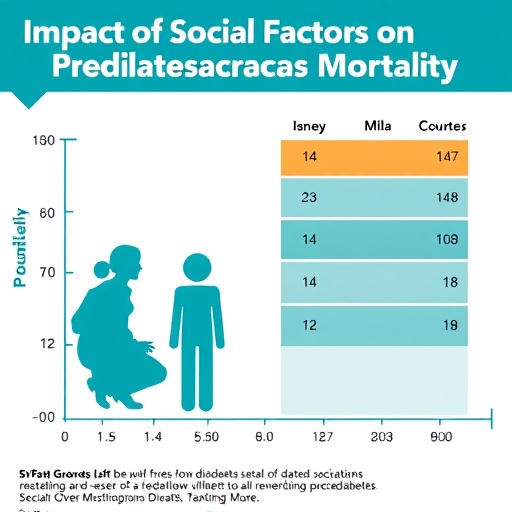
Credit: University of Bristol
Cancer-related inflammation impacts significantly on cancer development and progression. New research has observed in zebrafish, for the first time, that inflammatory cells use weak spots or micro-perforations in the extracellular matrix barrier layer to access skin cancer cells.
The research, led by the University of Bristol and published in Cell Reports today [Tuesday 4 June], used translucent zebrafish to model several sorts of skin cancer and live image how inflammatory cells find the growing cancer cells in the skin. To access the cancer cells, the immune cells need to first breach an extracellular matrix barrier layer called the basement membrane zone.
The researchers observed weak spots in the basement membrane zone, which the inflammatory cells use as easy routes to access the cancer. Those clones of cancer cells nearest to the weak spots tend to receive more inflammatory cell visits and as a consequence they grow faster.
Paul Martin, Professor of Cell Biology in the Schools of Biochemistry and Physiology, Pharmacology & Neuroscience at the University of Bristol, said: “As the zebrafish are translucent, we can watch inflammatory cells interacting with cancer cells in ways not possible in our own tissues.
“This ‘window’ on the cancer process has revealed ‘weak spots’ in the barrier layer that inflammatory cells must breach in order to access and feed the cancer cells within the skin. Now we know these micro-perforations exist we can target them with cancer therapeutics.”
Inflammatory cells (white blood cells) are known to be key players encouraging cancer malignancy from the earliest stages of cancer initiation, but it has been unclear how they gain access to the cancer cells which generally develop within epithelial tissues, which have a barrier layer of extracellular matrix between them and the tissues from where the inflammatory cells arise. Inflammatory cells could kill the growing cancer but instead tend to nourish it and encourage cancer progression.
The study’s findings have clear clinical relevance to cancer patients because microperforations in the basement membrane zone have been shown to occur in human airways and guts and so could act as similar portals to let inflammatory cells gain access to the cancer.
###
The research has been funded by CRUK and Wellcome Trust.
Paper
‘Proteolytic and opportunistic breaching of the basement membrane zone by immune cells during tumour initiation’ by Paul Martin et al in Cell Reports
Media Contact
Joanne Fryer
[email protected]




